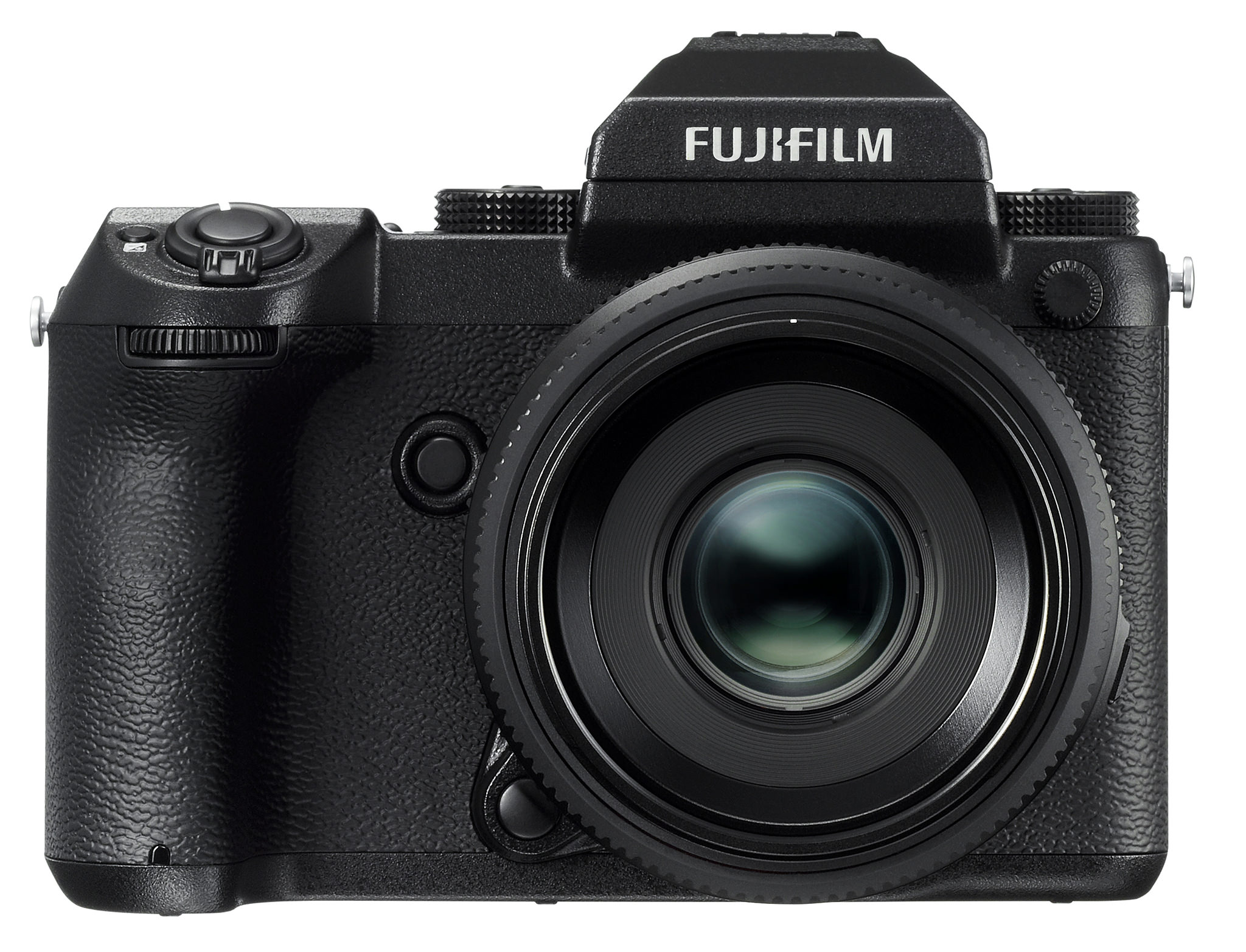So Fujifilm just released their GF 500mm f/5.6 R LM OIS WR lens. I've seen discussions about medium format wildlife photo/video in the past, but I thought it would be worth re-visiting with this release, especially since this is a wildlife-specific forum. The lens is actually a lot smaller (247mm), lighter (1375g), and cheaper ($3499) than I would have expected.
Full frame seems to be the sweet spot for wildlife photo/video. I've never shot medium format, much less tried to chase critters with MF, but some of the downsides that I've heard mentioned in the past were: 1) size and weight of the gear, 2) relative cost, 3) getting the reach and speed necessary to compete with full frame, 4) too shallow depth of field, and 5) larger file sizes. Some of the pros that I've heard were mainly touting the better tonality and overall "look" of medium format images, as well as having more resolution, detail, and data to work with.
I think it's safe to say we all prefer full frame for now—MF has not been the right tool in the past for wildlife work—but I wonder if we are on the cusp of more experimentation thanks to Fujifilm's advances here. Are any of you medium format wildlife curious? Do you plan on giving MF wildlife a new look or adding the GF 500mm to the toolbox? I'd like to hear how everyone's thinking on this now, as well as anyone who's tried MF wildlife in the past.
View attachment 89346
Here is a quick, informal opinion which rings true: https://www.thephoblographer.com/2024/05/20/fujifilm-gfx-100s-ii-preview-im-whelmed/







